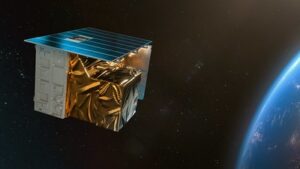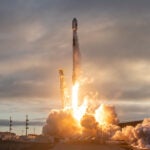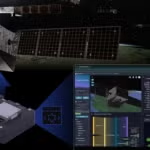
To showcase its ability to meet warfighter needs more rapidly, Lockheed Martin [LMT] in December will demonstrate that it can calibrate a new sensor on-orbit faster than is typical so that it can begin operating quickly. The company’s new wideband electronically steerable (ESA) payload demonstrator was integrated on a Terran Orbital [LLAP]-built Nebula small satellite bus and will be launched next month aboard a Firefly Aerospace Alpha rocket. It usually takes months to power-on and calibrate on-orbit sensors before they…

 By
By 











